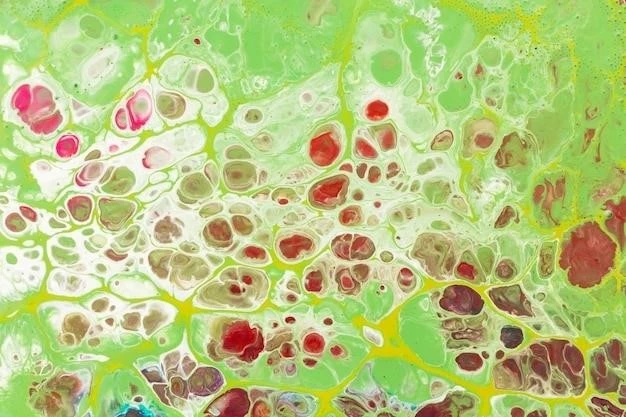Introduction
Rhizomelic dysplasia‚ Patterson-Lowry type is a rare primary bone dysplasia characterized by short stature and severe rhizomelic shortening of the upper limbs. Specific malformations of humeri distinguish this condition.
Overview of Rhizomelic Dysplasia Type Patterson-Lowry
Rhizomelic dysplasia‚ Patterson-Lowry type is characterized by short stature and severe shortening of the upper limbs. Specific malformations of humeri distinguish this rare bone dysplasia. Radiographic findings and skeletal abnormalities aid in diagnosing this unique condition. Despite its rarity‚ researchers and clinicians have identified key clinical manifestations of this disorder‚ contributing to the understanding of its distinct features.
Clinical Presentation
Rhizomelic dysplasia‚ Patterson-Lowry type presents with short stature and severe shortening of the upper limbs‚ particularly affecting the humeri. Specific malformations of the humeri‚ such as marked widening and flattening of proximal metaphyses‚ are key features of this rare skeletal dysplasia.
Characteristic Features
Rhizomelic dysplasia‚ Patterson-Lowry type manifests with notable characteristics such as short stature‚ severe rhizomelic shortening of the upper limbs‚ and specific malformations of the humeri. Radiographic evidence showcases distinct widening‚ flattening‚ and bowing of the proximal humeri diaphyses and metaphyses‚ aiding in accurate diagnosis. These unique skeletal abnormalities distinguish this rare syndrome from other rhizomelic dysplasias.
Diagnosis
The diagnosis of Rhizomelic Dysplasia Type Patterson-Lowry often involves assessing characteristic skeletal abnormalities‚ including marked widening‚ flattening‚ and bowing of the humeri. Radiographic evidence plays a crucial role in confirming this rare bone dysplasia.
Diagnostic Criteria
Diagnosing Rhizomelic Dysplasia Type Patterson-Lowry typically involves identifying characteristic skeletal abnormalities‚ including marked widening‚ flattening‚ and bowing of the humeri. These distinct features‚ alongside radiographic evidence‚ are crucial for accurate diagnosis and differentiation from other skeletal dysplasias.

Genetic Basis
The genetic basis of Rhizomelic Dysplasia Type Patterson-Lowry is associated with specific malformations of the humeri‚ including marked widening‚ flattening of proximal metaphyses‚ and other unique skeletal abnormalities. Research indicates a distinct genetic component underlying this rare bone dysplasia.
Inheritance Pattern
Rhizomelic Dysplasia Type Patterson-Lowry has been linked to unique genetic mutations that contribute to the distinctive skeletal abnormalities observed in affected individuals. Research suggests a genetic basis‚ potentially following a specific inheritance pattern‚ underlying this rare bone dysplasia.

Management
Management strategies for Rhizomelic Dysplasia Type Patterson-Lowry may involve a multidisciplinary approach focusing on addressing individual symptoms and providing supportive care. Therapeutic interventions aim to enhance quality of life and address specific challenges associated with this rare bone dysplasia.
Treatment Approaches
The management of Rhizomelic Dysplasia Type Patterson-Lowry typically involves a multidisciplinary approach tailored to address individual symptoms and provide supportive care. While there is no specific cure for this rare bone dysplasia‚ therapeutic interventions aim to improve the quality of life and manage the unique challenges associated with the condition.
Prognosis
The prognosis for individuals with Rhizomelic Dysplasia Type Patterson-Lowry varies depending on the severity of skeletal abnormalities and associated complications. Early recognition and multidisciplinary management can significantly impact the long-term outlook for patients affected by this rare bone dysplasia.
Outlook for Patients
The prognosis for individuals with Rhizomelic Dysplasia Type Patterson-Lowry can vary based on the severity of skeletal abnormalities. Early recognition and a comprehensive management approach can positively impact the long-term outlook for patients affected by this rare bone dysplasia‚ potentially enhancing their quality of life.
Epidemiology
Rhizomelic Dysplasia Type Patterson-Lowry is a rare primary bone dysplasia characterized by short stature and severe rhizomelic shortening of the upper limbs. Specific malformations of humeri distinguish this condition‚ setting it apart from other skeletal dysplasias. While precise prevalence and incidence data are limited‚ the rarity of this disorder underscores the importance of further research and understanding in the medical community.
Prevalence and Incidence
Rhizomelic Dysplasia Type Patterson-Lowry is a rare primary bone dysplasia with specific malformations of humeri‚ marked by short stature and severe rhizomelic shortening of the upper limbs. While precise prevalence and incidence data are limited‚ the unique skeletal abnormalities of this condition contribute to its rarity‚ highlighting the need for further research in the medical field.
Research and Studies
Research on Rhizomelic Dysplasia Type Patterson-Lowry focuses on elucidating the unique skeletal abnormalities and genetic components of this rare bone dysplasia. Recent studies have aimed to enhance understanding and diagnostic capabilities for healthcare professionals managing patients with this condition.
Recent Findings
Recent studies and cases have highlighted the unique skeletal abnormalities and diagnostic challenges associated with Rhizomelic Dysplasia Type Patterson-Lowry. These reports contribute to a better understanding of this rare bone dysplasia‚ emphasizing the importance of accurate diagnosis and management strategies for affected individuals.
Support and Resources
Support groups and healthcare providers play a vital role in assisting individuals with Rhizomelic Dysplasia‚ Patterson-Lowry type. Accessing financial resources and disability benefits can also help patients navigate challenges associated with this rare bone dysplasia‚ ensuring comprehensive care and support.
Available Assistance for Patients
Patients with Rhizomelic Dysplasia Type Patterson-Lowry can seek support from healthcare providers‚ support groups‚ and financial resources to navigate the challenges associated with this rare bone dysplasia. Accessing disability benefits and specialized care can enhance the quality of life for individuals affected by this condition.
